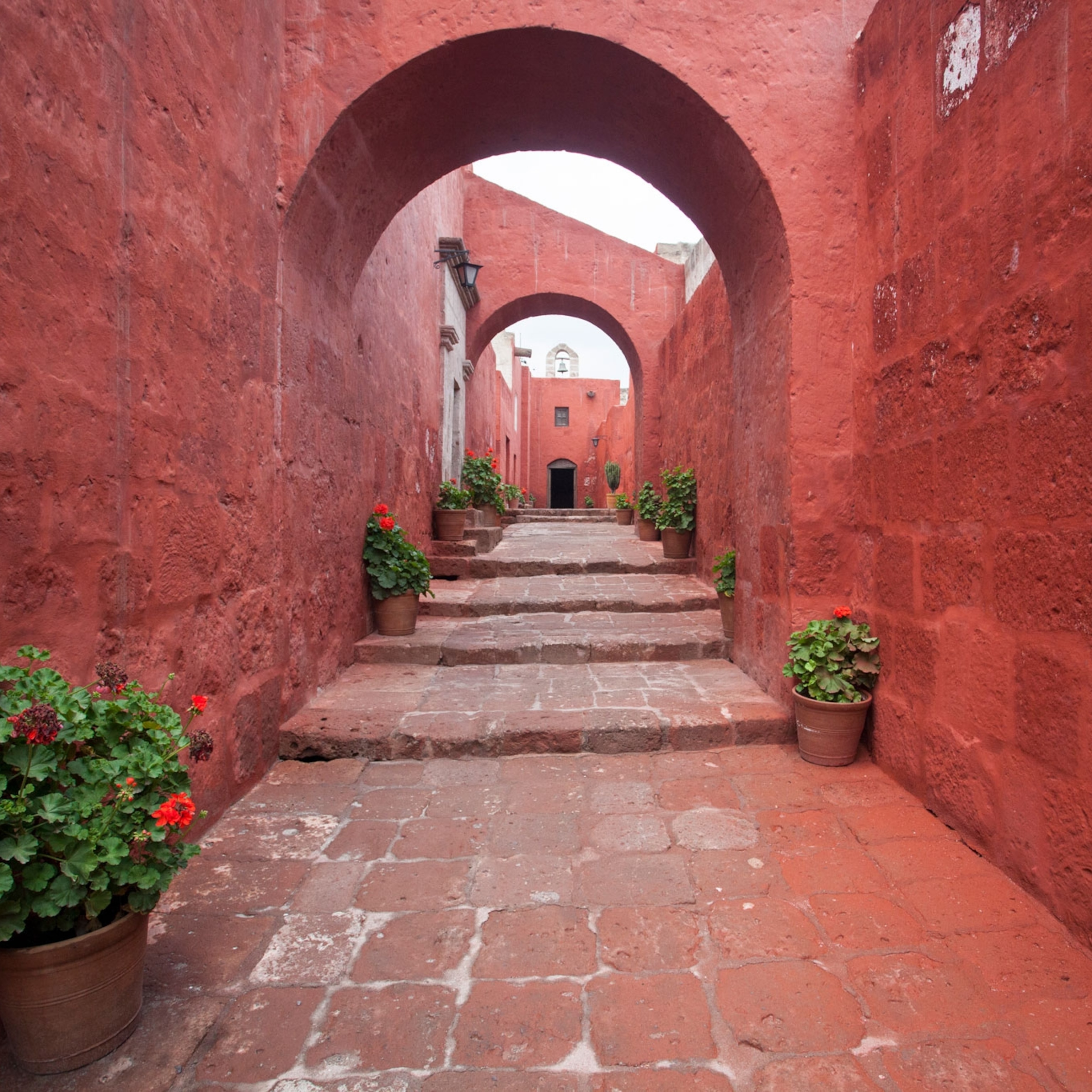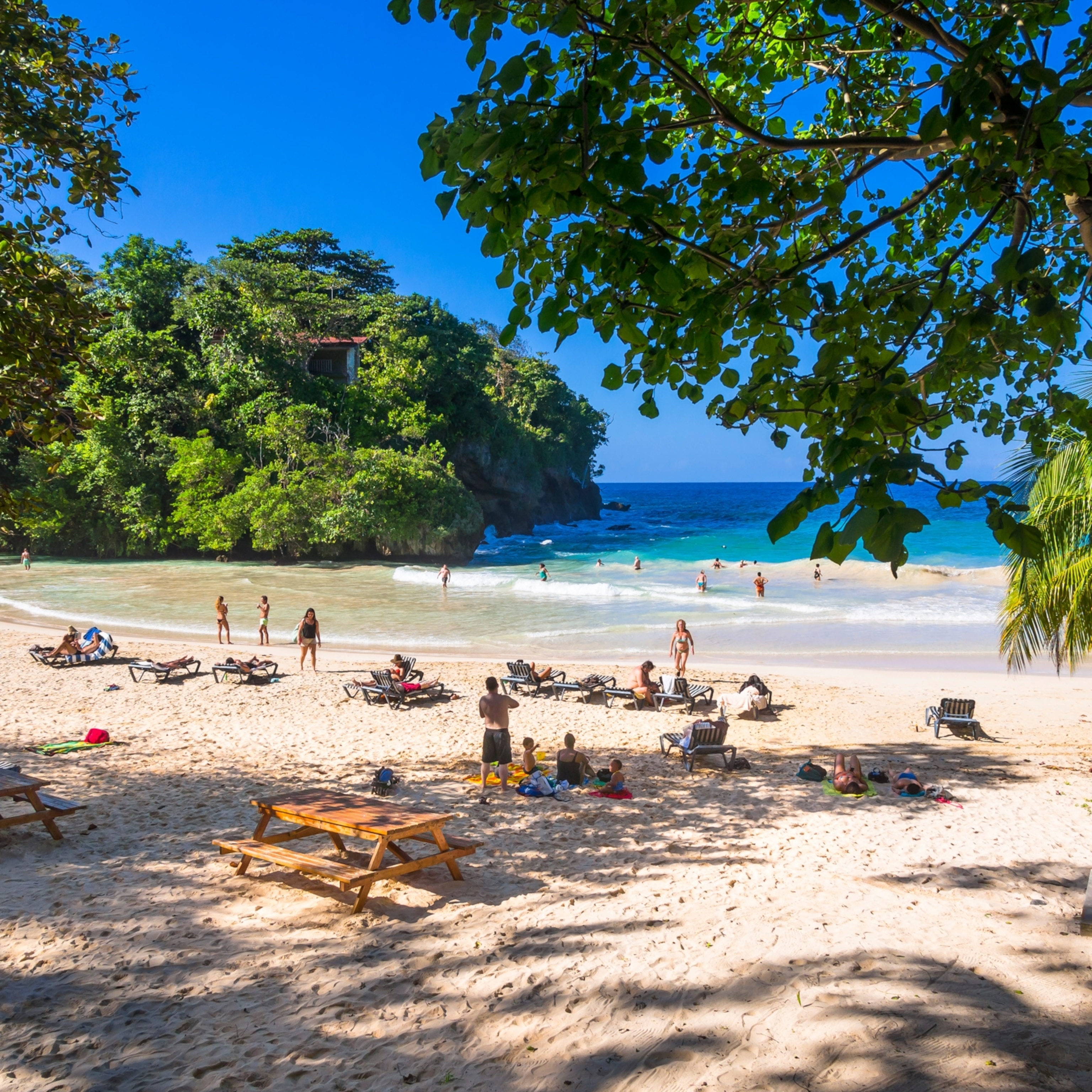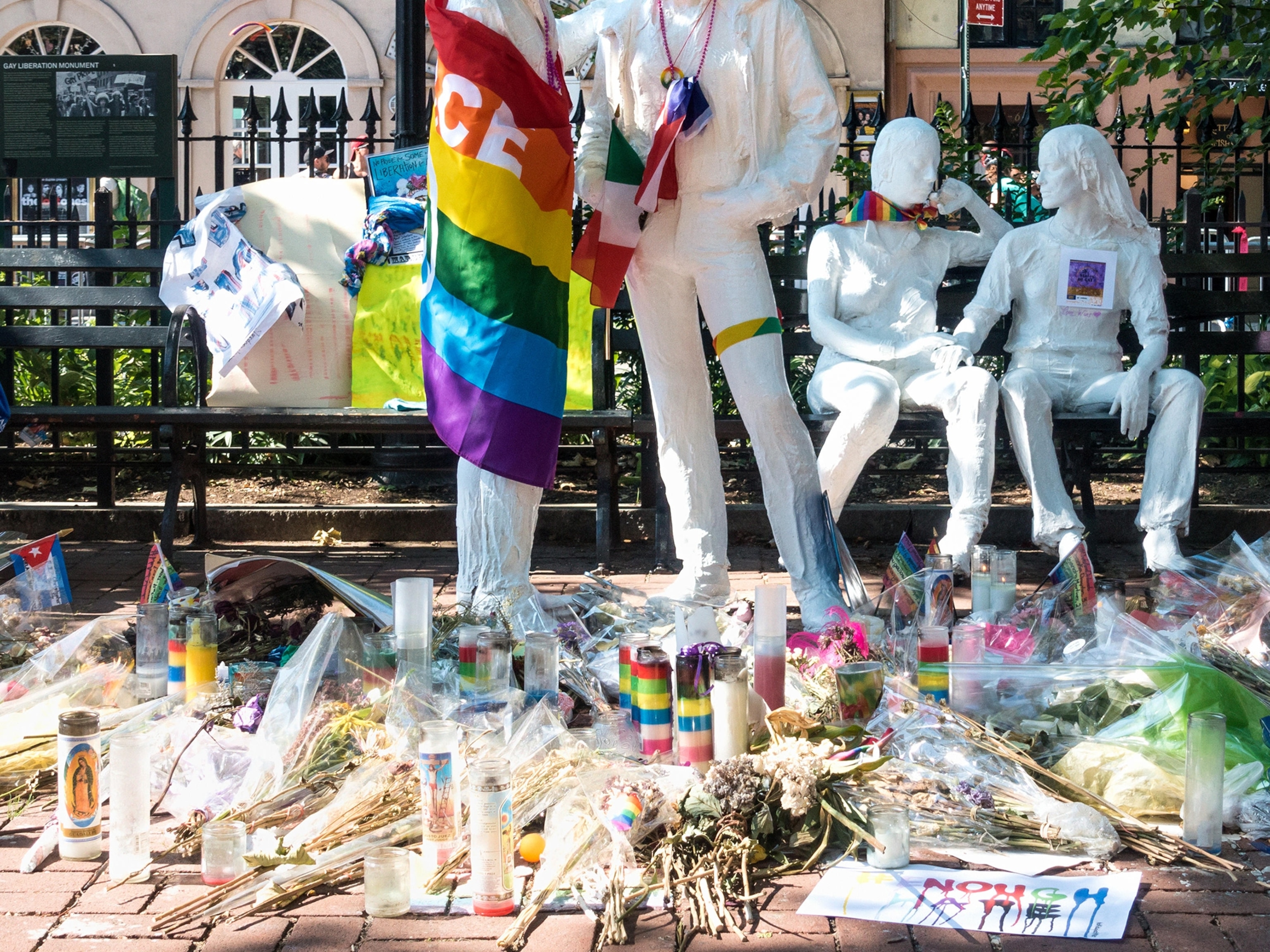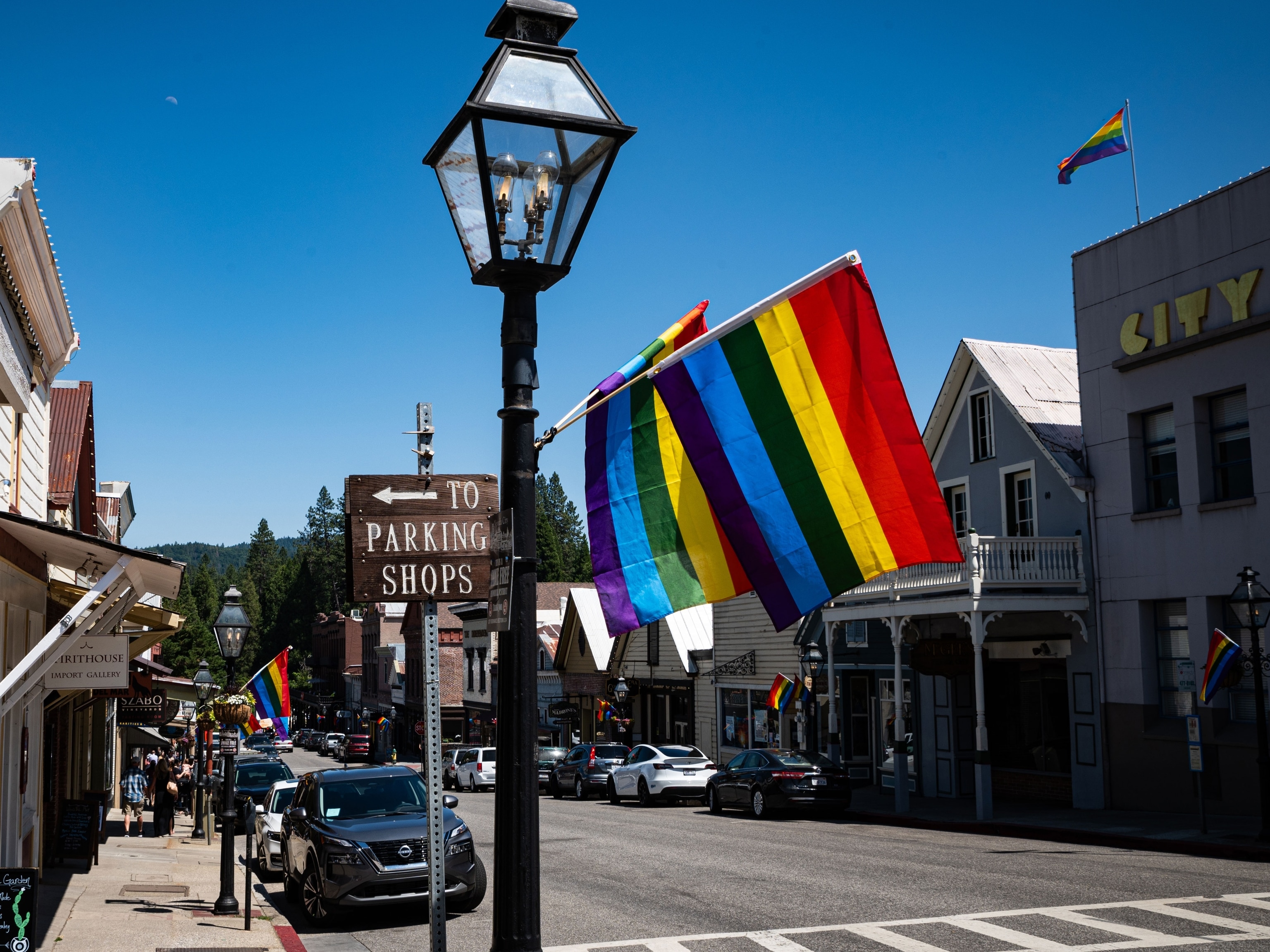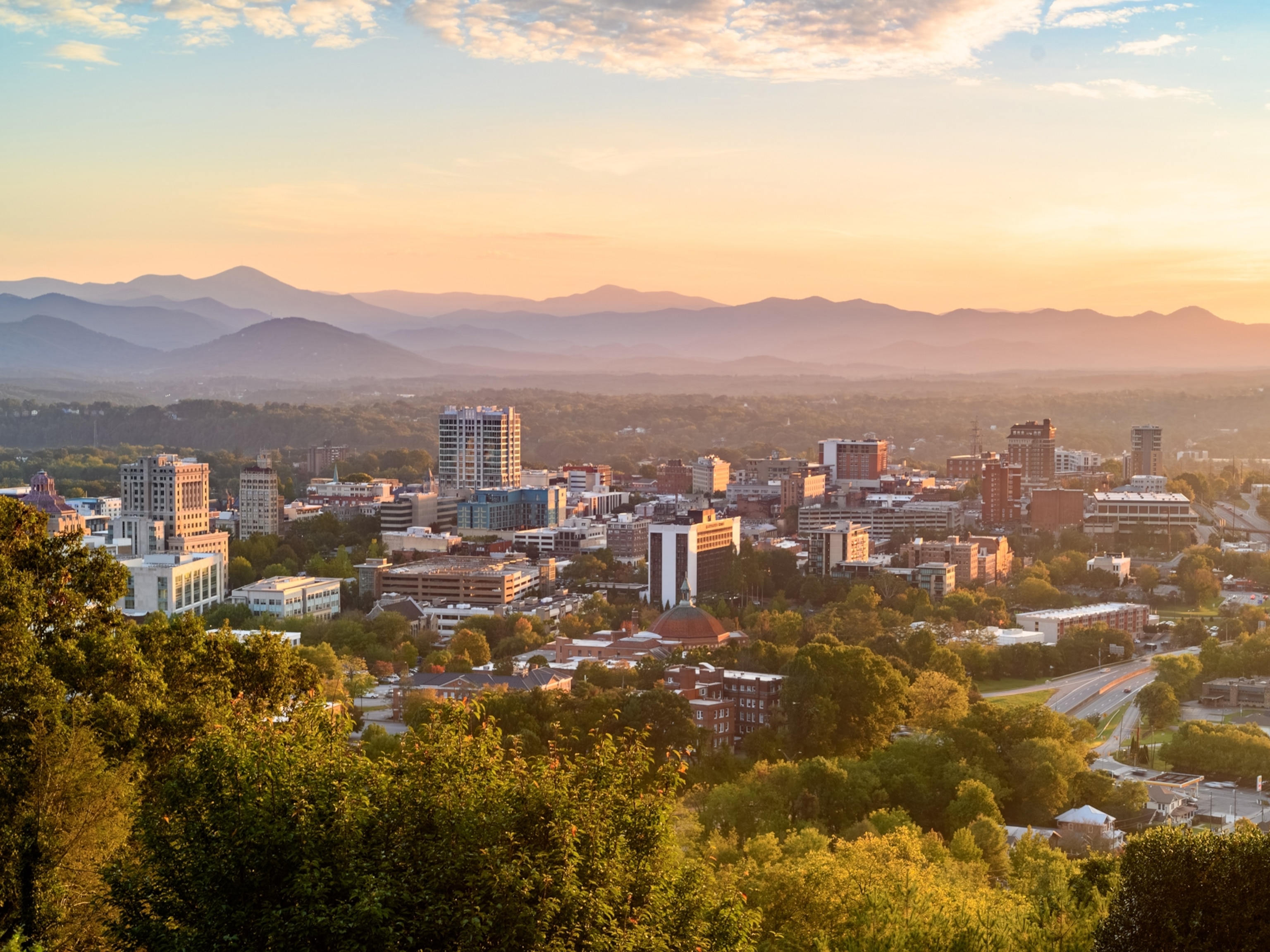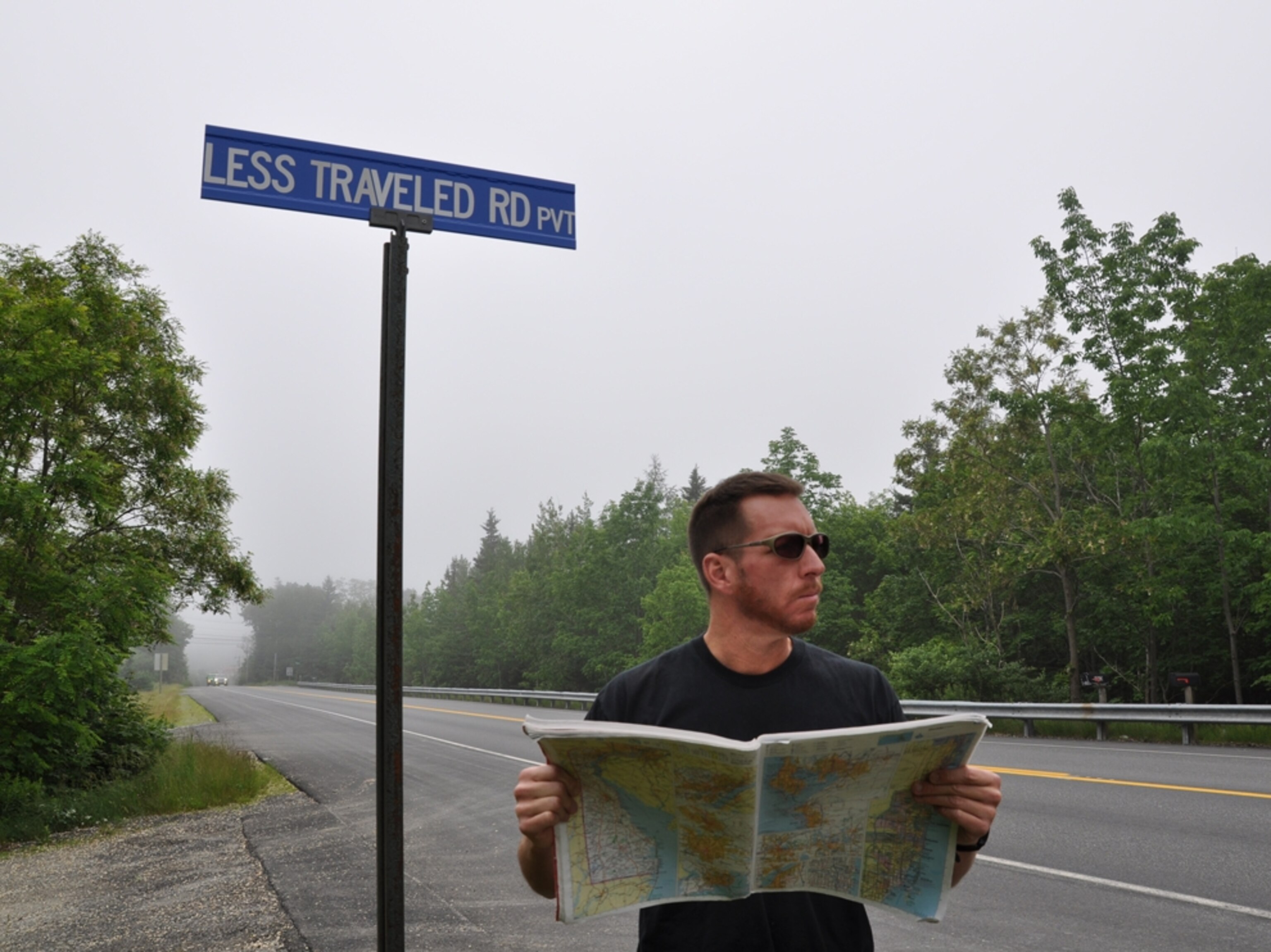
It Happened Here
One on One
From the July/August 2010 issue of National Geographic Traveler
Unmarked historic sites are everywhere—and Andrew Carroll wants to tell the world about them.
Every place has a story. Many of the stories—of where an invention was hatched, a life was saved, or a historic figure once lived—are worth retelling but have been long forgotten. That premise has driven amateur historian Andrew Carroll to scour the United States in search of the nation’s hidden history. He toured all 50 states, gathering enough material to fill a book (Here Is Where: Discovering America’s Great Forgotten History) due out this October. His quest comes on the heels of another initiative, the Legacy Project, for which he collected wartime correspondence from American troops, so their words would be preserved for posterity.
How did the "Here Is Where" project get started? Some years ago I heard about an incident that took place in 1864 or so. A young man at the Exchange Place rail station in Jersey City, New Jersey, fell off the platform as the train was about to leave the station. Another man ran over, grabbed him by the lapels, and pulled him up before the train crushed him. The man who fell was Robert Todd Lincoln, son of the President. His rescuer was Edwin Booth, brother of the man who would assassinate Abe Lincoln within the year. I thought, no, this story must be apocryphal. But research revealed that Robert Todd Lincoln himself wrote a letter describing the scene moment by moment. It got me thinking that if that train platform were still in use, there should be a marker there telling commuters about this extraordinary intersection of history. I started collecting these little stories of forgotten history all over the country. On a business trip, I’d see if I could find the building, tavern, or street corner where something happened that I’d heard about. This got me to explore towns and neighborhoods I would never have seen otherwise.
Tell us about the book. About a year ago, I decided to do a big 50-state trip to locate as many of these forgotten history sites as I could—at least one per state. As I traveled, I talked with waitresses, taxi drivers, retirees, hardcore bikers, people from all walks of life. One time a police officer in Missouri ticketed me for speeding and recommended I use my cruise control to stay under the speed limit. I started to wonder, "Who invented cruise control?" Turns out it was a blind inventor named Ralph Teetor, who tinkered in the basement of his home in Hagerstown, Indiana, which I eventually found.
What are some other stories you uncovered? When the British came to torch the city of Washington in 1814, a quick-thinking State Department clerk named Stephen Pleasonton grabbed the Declaration of Independence and other important documents and dashed across what’s now the Chain Bridge. He hid the documents in a grist mill, later moving them to Leesburg, Virginia, becoming a real hero in American history. A related story: The first copies of the Declaration, approved by the states on July 4, 1776, had no signatures on the bottom. The famous signed version, now in the National Archives, came later. Later still, Baltimore printer Mary Katherine Goddard published copies of the Declaration listing the names of the signatories for wide distribution, an act of treason against Britain, the most powerful country in the world at that time. It put her at great risk. Goddard’s print shop, where she did this historic work, is a pharmacy now—with no plaque honoring her heroic deed.
What kind of stories do you avoid? I limit my search to places and people of national significance. And the story has to be verifiable—not just legend or lore. Also, I have a "no trespassing" policy, which has meant rejecting some good stories. For example, Ely Parker of Fairfield, Connecticut, was a full-blooded Seneca Indian who worked as an aide to Gen. Ulysses S. Grant during the Civil War. It was Parker who wrote up the articles of surrender that Robert E. Lee signed at Appomattox. I couldn’t get in touch with the current owners of Parker’s house, so that story is still pending.
What’s next for this project? I hope it will encourage Americans to start discovering sites on their own—when they travel or in their own communities—even places of just personal significance. Where did your ancestors first step onto this continent? Where did they live? Teachers who’ve involved their students in this project have told me, "Andy, for the first time, my kids were so enthused about history because they weren’t just passive learners. They were finding the spots themselves." That’s what I love to hear.
- National Geographic Expeditions
Switching gears: What’s your travel philosophy? I’m meticulous. I travel with a precise sense of where I’ll be and where I’ll stay. It took more time to plan my 50-state trip than to go on it. I’m sensitive to noise, for example, so when I call a hotel, I always ask a series of questions: "Is there construction going on? Can you get me away from the elevator and the ice machine? May I have a high floor?" Eventually, they say, "We don’t even have a room like that." The most important travel advice I’ve ever come across is simply to be nice. The people behind the counter at the hotel or airport don’t want you to get a bad room or miss your flight. They don’t make the rules, but I see a lot of folks get angry at them. Once when I was in the Dallas airport, a door alarm went off near the ticket agents. They couldn’t walk away like the rest of us. I offered them an unused package of earplugs—I carry them on trips—saying, "Could you all use these?" Minutes later, an agent approached me and said, "Come here." "Am I in trouble?" I asked. "No, no," she said. "We’re upgrading you to first class." But you don’t do it to get something in return. Being nice is its own reward.
Bio: Andrew Carroll edited the bestsellers War Letters and Behind the Lines. This fall, he leaves on a second 50-state tour to talk about "Here Is Where" at historical societies, schools, libraries, and similar institutions—and to search for more overlooked sites. Suggest places you think he should visit at www.HereIsWhere.org.
